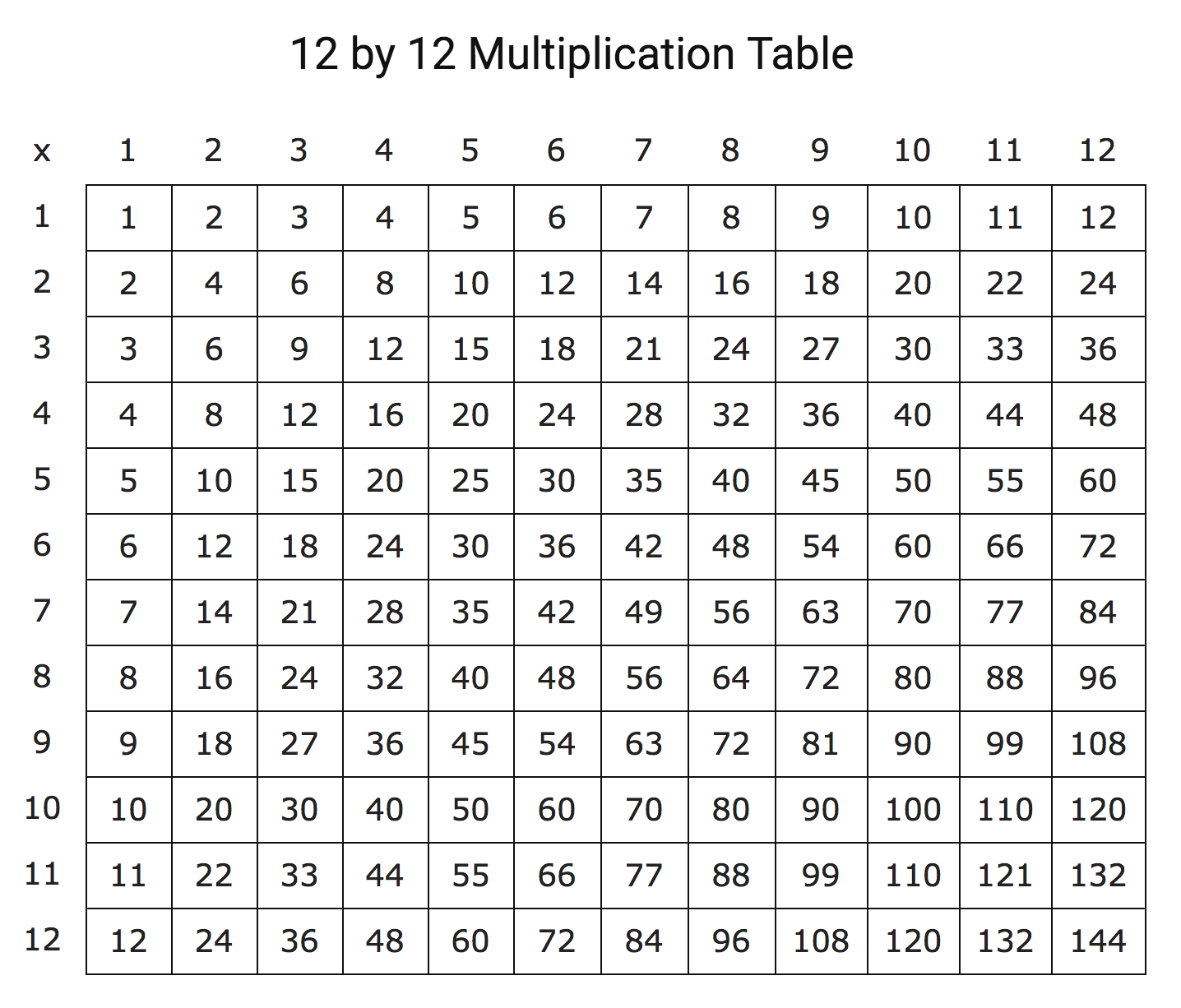Tell me you’re not a dart player without telling me you don’t play darts.
Honestly I generally assume that everyone that isn’t a slightly portly northern English man carrying a pint does not play darts seriously
Dutch bald people
Gen X Californians for some reason
Yakuza series fan.
You could also be a genetically enhanced doctor, taught by an Irishman
100,000,001 is also divisible by 17
299,999 is divisible by 7 and 17.

:3
So simple math problems are blowing people’s minds now?
Always has been.
Just wait for the annual “PEDMAS vs PEMDAS”
discussionflame-war on any major social media platform.“Pedmas” sounds like a holiday for pedophiles…
End of debate.
Why? Not sure what the debate is, if you divide/multiply first?
It can matter if you don’t have enough significant figures, so I tend to do division last to preserve as much precision as I can. In theory it shouldn’t matter, but it can matter in practice.
So the debate is whether it could or could not matter?
No, the debate is stupid.
I’m just saying there is a situation where it could matter, not that the debate is valid.
Ah, I’m still trying to figure out what the debate is. Sorry mate, but thanks for trying to respond, I appreciate you having tried. I’m just missing something.
I am more impressed that people know about divisibility. What’s next, random people knowing about ideals?
three is the first number that starts to cause problems.
Three is my favorite number, you take that back.
If it bothers your OCD, think of it more as (7x3)+(10x3)=17x3=51
Dude/ Dudette that’s worse. 7x3=21, 10x3=30, 21+30=
49251That does less insane to the membrane
I see them as the same except that your way illustrates what his parentheses are doing.
The way I see it the parentheses are good, it the 17x3 that hurts my brain.
It’s already broken down, then gets more complicated by the 17x3. In my mind I now need to separate 17 into 10 and 7 then multiply them each by 3 and add them together, which is where we started in the first place.
Brains are different, that’s how mine goes though.
I understood that to be a reference to the original screenshot. Thus the two equal signs. It was a way to walk you through how the breakdown ties back in.
¯\_(ツ)_/¯Not disagreeing, and I upvoted you for a different perspective. I did not see it that way, though I do now.
Like I said, brains are different.
Nah, 45 + 6
153 + 23
Or the way I do it:
- 3 * 20 = 60
- 60 - 51 = 9
- 20 - (9 / 3) = 17
So the factors are 17 and 3. I know 3 is a factor because 5+1=6, which is divisible by 3, so I just use a convenient multiple of 3 that’s pretty close to the actual number to get the divisor.
I have young kids and they keep asking me to do crazy math problems while driving, so that’s generally the trick I use.
This is how I have always calculated in my head. It used to drive my mom and my teachers crazy when they asked me to verbalize my calculations. It was like I was hurting them somehow. I never understood why.
3 is the real culprit
And 52 is divisible by 13.
Somehow less offensive.
If it makes you feel any better, it’s just (20 x 3) - (3 x 3).
I don’t know why, but that makes me feel better.
This must be the new math that parents are so scared of.
Back in my day, we multiplied 3 by 17 because that’s how you do it. You multiply 3 times 7, you multiply 3 times 10, and you add. Simple.
Adding three to 17, to make it 20, multiplying that by 3, and then multiplying that 3 by 3 to subtract js equally valid, and easier to work out mentally IMO. It lays the framework for good estimation skills, too.
and easier to work out mentally IMO.
And this is the key factor to why math teaching has changed. Rote memorization is actually really really awful for learning.
Teaching math used to be a case of having students fill out their times tables. I still remember having to fill out this chart in under 5 minutes:

This was a quiz that we had to do multiple times per week. It was given to us blank, and 5 minutes obviously isn’t enough time to actually calculate everything; We were expected to have it memorized. And when the students had memorized the table, the quizzes changed into a series of small calculations from the table, again under 5 minutes. So if we ever had to calculate anything out, we could just refer to our memorized times table and pull the number off of that. But the issue is that this only works up to a certain point; Nobody is going to be able to reasonably memorize their times table beyond maybe 15x15. And this means that the times table essentially becomes worthless for doing math in larger numbers.
So instead, the “new” math teaches students how to take complicated problems (like 17x3) and break it down into easier steps. 17x3 is complicated, but 20x3 is just 2x3 with an added 0, and 3x3 is easy too. So if we can convert 17x3 into (20x3)-(3x3) then it becomes much easier to do in your head. Because not everyone can calculate 17x3 accurately, but virtually anyone beyond 1st grade can calculate 60-9.
The “new” math was developed by studying how the students who were good at math actually did their calculations. And it turns out, when you actually understand the concepts, you can create mental shortcuts to break the difficult problem down into a series of smaller problems. And that’s exactly what the “new” math does.
Dart players know this
deleted by creator
C’mon Chloe! This is 3rd grade math.
The information was there in front of Chloe and me this whole time, and still, we never realized
By a similar pattern, 91 is not a prime number. Really got me once.
Is it 13? I bet it’s 13. Bloody thing keeps making trouble.
Yup, 7 and 13.
This bugged me but then again
30 / 3 = 10 21 / 3 = 7
7+10 = 17
So yeah that makes perfect sense.












